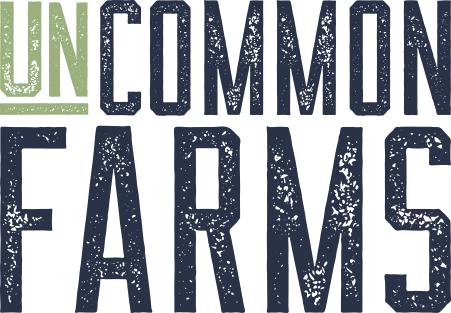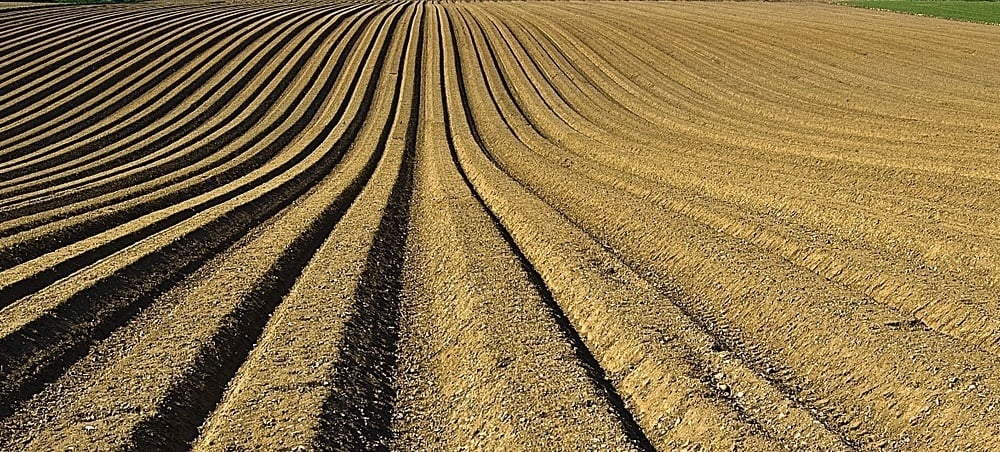Tillage practices have changed.
I remember a time—when I was much younger—when moldboard plows were considered a must-have tool for every farming operation. I have fond memories of operating this equipment, plowing fields until the wee hours of the morning. It was fun seeing the soil turn over as the tractor and plow moved down the field. Then, as an older teenager, the chisel plow appeared on our farm. This made things much easier because we didn’t have to find last year’s furrow to plow it in rather than out. Getting away from the moldboard plow allowed fields to be more level over time. However, both methods miss one important thing: considering whether the land actually needs to be plowed.
Over the years, prevailing ideas about tillage have changed, and the industry has developed tools to accomplish just about any method: no-till, modified no-till, strip-till, stale seedbed, semi-conventional, and conventional till are all viable options for today’s farmers. Because no two fields are identical, what one field needs may not be right for another. Harvest is the time to decide which tillage method to use on a field.
Tailor your tillage to the needs of your soil.
The first step in choosing a tillage method is to determine whether severe compaction issues exist. Bear in mind that compaction cannot and should not be completely eliminated; a degree of compaction is desirable to keep future field preparation traffic from compacting the total soil profile. Roots need only a path to grow deep into the soil. To discover the degree of compaction in your field, dig into the soil and observe where the roots of the previous crop grew. Did they grow predominantly sideways? Did they grow deep into the soil? If moderate to severe compaction present, where is it located? Tailor your tillage method to your field’s specific condition and needs.
Once compaction is under control, then you can consider other factors. Ask these questions:
- What will create the best environment for soil-to-seed contact?
- What will create the best environment for the soil to warm up and dry out in the spring?
- Do you intend to use tillage for early-season weed control?
- What will be planted next in the field, and when will it be planted?
By answering these questions, you can begin to develop a tillage strategy rather than arbitrarily plowing every acre as we did in the old days.


.png)
